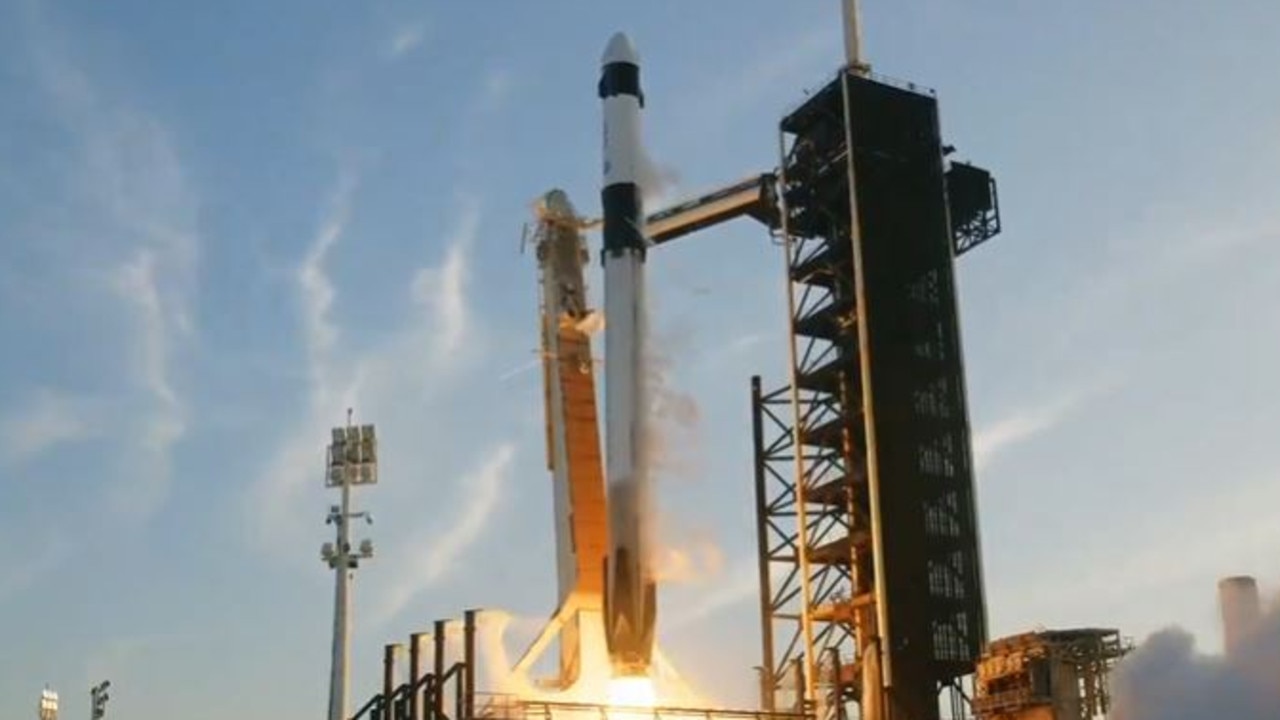‘Unknown territory’: Why Covid-19 cases in NSW continue to fall despite lockdown having ended
We were told cases in NSW would “go through the roof” once lockdown ended, but they continue to fall. Experts have doubts numbers will stay so low for long.
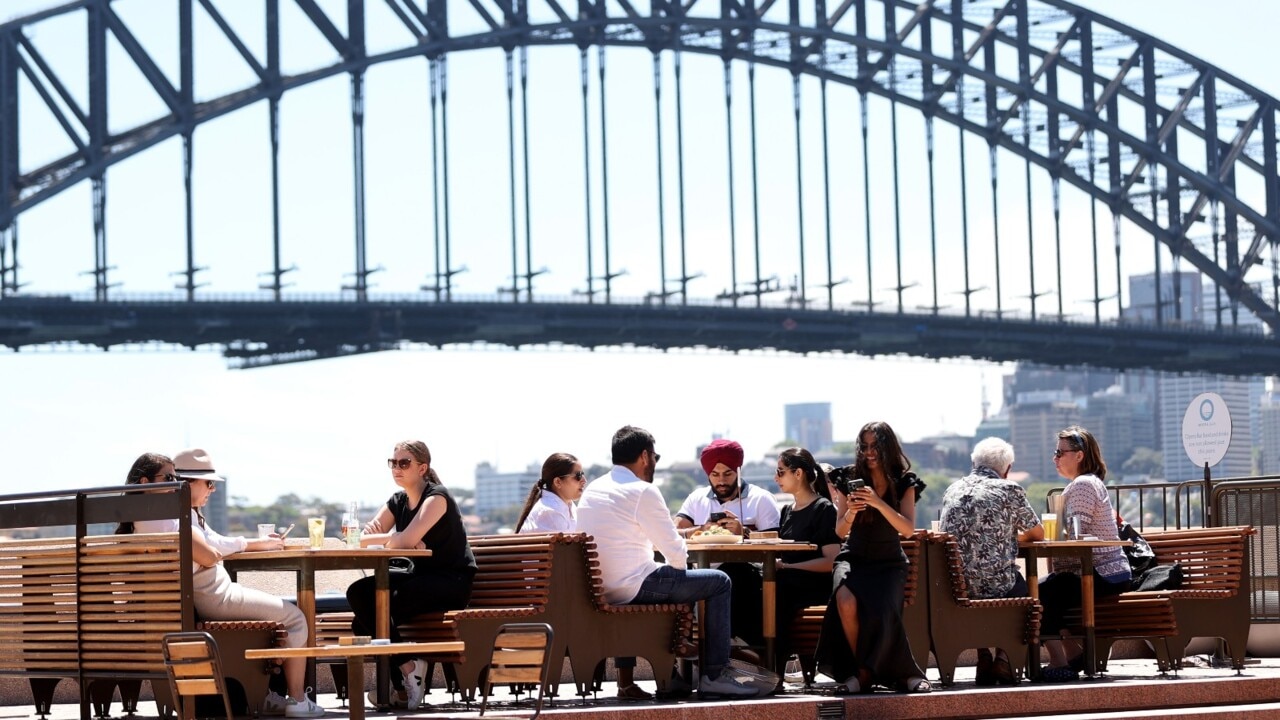
Science
Don't miss out on the headlines from Science. Followed categories will be added to My News.
Almost exactly one month ago, then NSW Premier Gladys Berejiklian gave a stark warning about what would happen when the state began opening up.
“We have to accept that once we start reopening cases will go through the roof but it won’t matter as much because people will be vaccinated,” she said on September 20.
And yet, more than a week after NSW came out of lockdown, new cases continue to fall.
There is now a nervous wait to see if cases will begin to rise, when that will happen and if they will indeed go through the roof.
An epidemiologist has told news.com.au that the current downward trend is unlikely to continue given Covid was still in the community and NSW was now entering “unknown territory”. We might only see a steady rise in cases, like Scandinavia, or a surge, similar to the UK.

The curves overseas when lockdown ended
From a high of 1603 new cases on September 10, now, a little over five weeks later, the taste has recorded just 273 cases.
Between last Monday, when NSW opened up, and today cases have dropped by a further 20 per cent.
Some clues on cases going forward can be seen from abroad. The UK’s much vaunted “Freedom Day” happened in mid-July.
But freedom came just as cases were surging. Surprising many, cases actually steeply fell just two days later. However, they steadily rose again two weeks after that.
UK cases are now near that July peak. Although deaths are a tiny fraction of what they were during the huge January outbreak when few were vaccinated.
Norway released all its restrictions on September 26 when it had 381 cases. They have kept going down since with just 209 cases on Sunday.
Denmark exited its lockdown on September 10. Its daily cases dropped to a low of 252 nine days later on September 19 and then the curve turned and they began to creep up. The Netherlands has seen cases go from 1500 a day to 3600 in a little over a fortnight.
‘Unknown territory’ with cases
“We are moving into unknown territory here,” University of South Australia epidemiologist Professor Adrian Esterman told news.com.au.
“In countries like Norway cases have dropped after opening up, whereas in the Netherlands they increased significantly”.
A key difference between these countries is the level of vaccination.
On the UK’s Freedom Day just 47 per cent of the total population were double vaxxed, although that figure includes under 12s who haven’t been offered jabs. Right now, the UK is about 67 per cent fully vaccinated.
The Netherlands opened at about 65 per cent vaccinated; Norway 70 per cent and Denmark 74 per cent.
Australia’s total vaccination rate is now at 56 per cent, which is higher than the UK when it opened up. But in NSW that number is higher still given more than 80 per cent of the adult population people are fully dosed up.
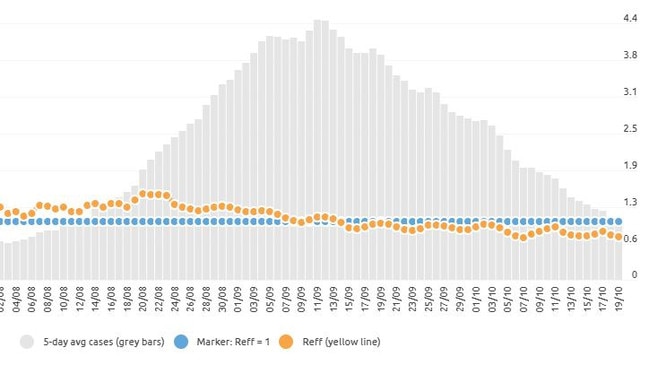
Cases in the coming week could be crucial
“At this stage we simply don’t know whether and when cases will increase, and it is a brave person who tries to predict it,” said Prof Esterman.
He noted that the NSW reproduction rate, the number of people a person with Covid goes onto infect, as still falling with “no sign of a major increase in cases”.
However NSW chief health officer Dr Kerry Chant is anxiously looking at what the coming days will bring.
On Monday, kindergarten, year 1 and year 12 children went back to school possibly fuelling the spread.
“There’s a lot of uncertainties about what case numbers will do,” she said today
“Next week I will be really interested in what our numbers are.”
Australian National University infectious diseases expert Professor Peter Collignon told news.com.au the Danish experience would suggest that right about now – seven to 10 days after lockdown ends – should be when cases level off and begin to rise once more.
“We’re not seeing an up tick. But I think we’ll be wiser in a week’s time.
“If it continues to fall, despite increasing movements of people, that will be a very promising sign.”
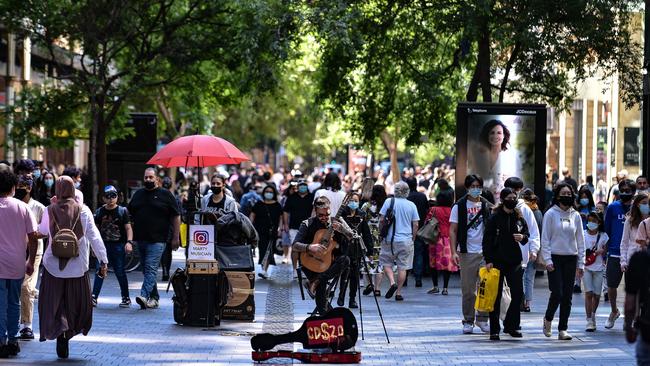
How high NSW’s case numbers could go
Modelling on where NSW’s numbers might go varies. An analysis by UNSW’s Kirby Institute forecast a large peak of cases around Christmas or New Year. But that was predicated on lockdown ending when there were far higher numbers than actually occurred. So that peak may be lower.
Modelling from Melbourne University is more optimistic and has suggested that NSW only has a very small chance of breaching 2000 cases a day in the next few months and it was far more likely to be around 1000 cases or fewer by early November.
“Unfortunately, models aren’t much good at taking into account human behaviour,” said Prof Esterman.
“With such high levels of vaccination, much will depend on human behaviour – are people still being careful, and just who isn’t yet vaccinated?”
He added that as restrictions had only ended for the non-vaccinated in NSW, that had likely limited transmission with the unvaxxed still indoors. And while testing had tailed off a touch in the state, the testing to positivity rate had decreased which still pointed to lower cases.
Prof Collignon said the UK’s numbers were a “worst case scenario” and it was more likely NSW and Australian infections would be similar to those in Scandinavia or even Canada where infections are going down.
That was due to NSW opening with those healthy vaccination rates and heading into summer when there was less temptation to crowd indoors.
“I don’t think cases will go up to huge numbers, like, two or 3000 a day.
“The curve in NSW will probably go down to 200 maybe even 100 a day and then it will even out.”
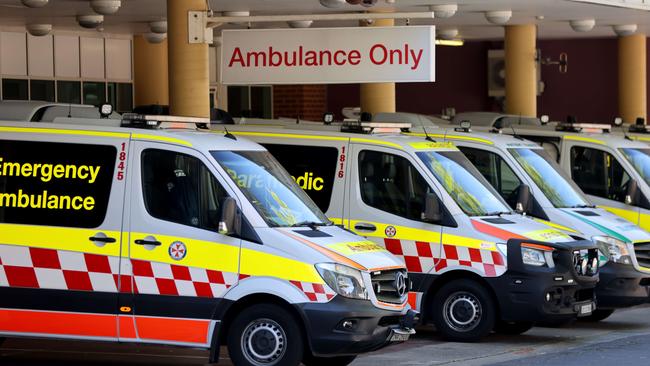
At the same time vaccination rates could push 95 per cent, said Prof Collignon.
“I actually think it’ll be pretty good for about the next four or five months, relatively speaking.
“We won’t have zero cases a day and those cases will mainly be in the unvaccinated.
“NSW might have a few super spreader events and it might go up for a little while and come down again.
“But what I actually think we need to be concerned about is next winter. Although we will have a six month head start because we’ll see what’s happened in the northern hemisphere and that will tell us.”
When the curve does turn northwards again in NSW is being watched by many. But Prof Collignon said cases were becoming an increasingly less important parameter. Rather, the hospitalisation and death rates were the ones to watch.
“Our rate is tenfold lower than it was this time last year in Melbourne.
“And that’s the effect of vaccination”.
Originally published as ‘Unknown territory’: Why Covid-19 cases in NSW continue to fall despite lockdown having ended




